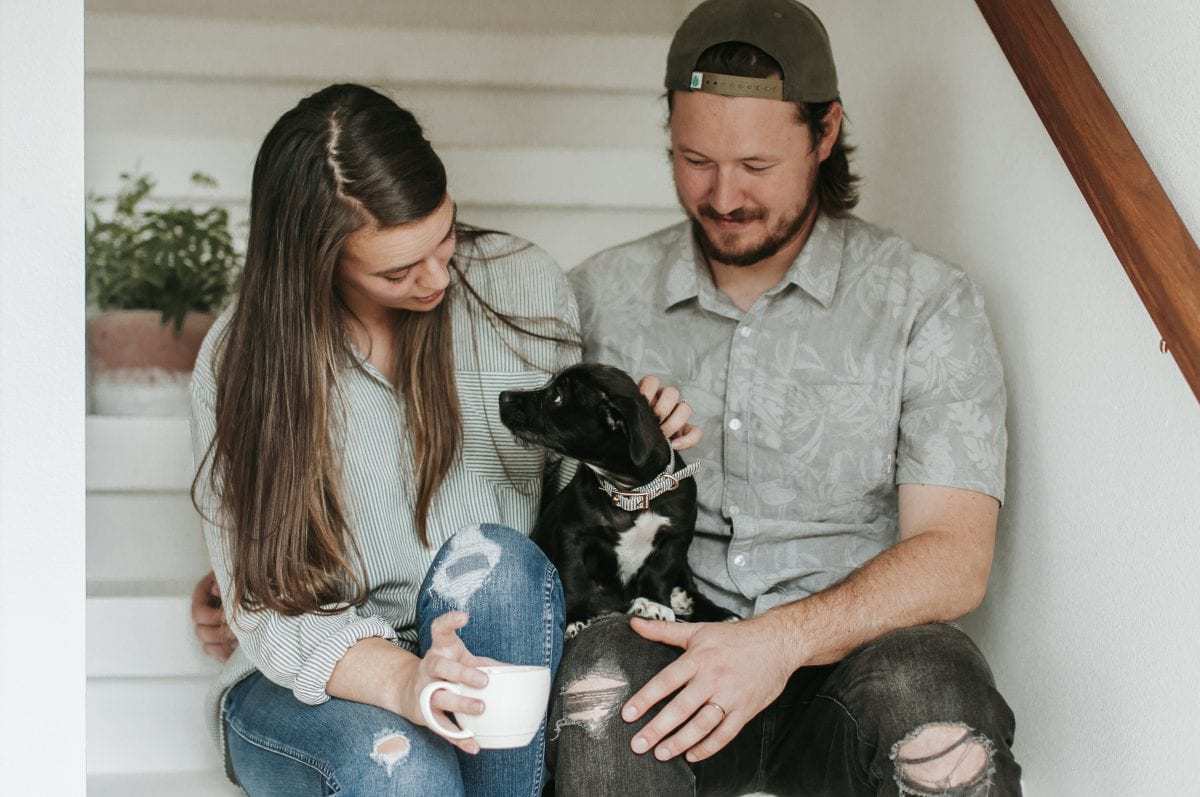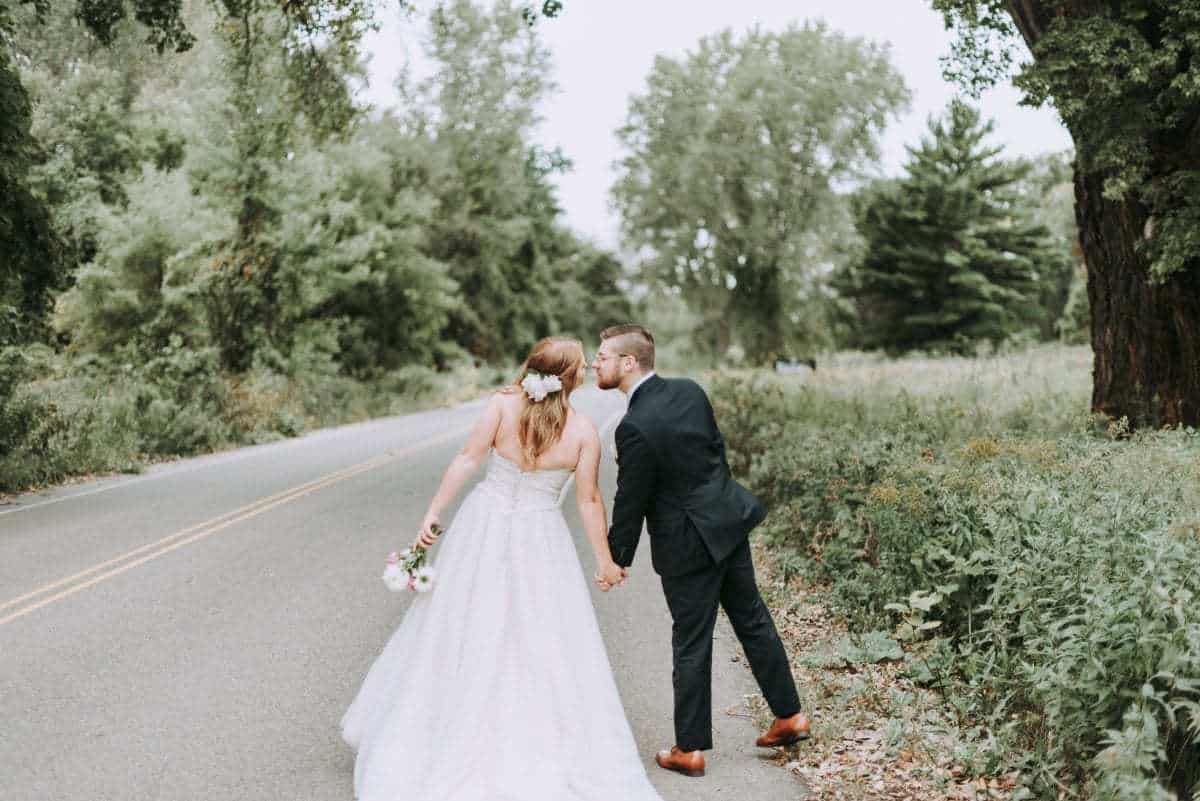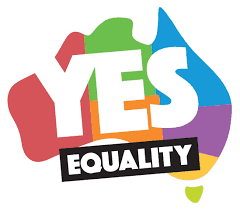Not So Simple: Standing Positions During Your Ceremony
There are so many finer details that matter when it comes to planning your wedding, and one of these is where you, the groom and the bridal party stand.
If you want the traditional – and some unorthodox – options, read on!
(Courtesy weddingchicks.com)
What you might not know is that there’s an interesting little tale behind this custom, and it goes way back to Anglo-Saxon England. To set the scene I should inform you that it was common practise for men to kidnap, and then marry women from neighbouring villages. To prevent this from happening, the fiancé would use his bravest and most fearless friend as a sort of bodyguard, who would fight off any jealous rivals until the couple wed. The friend is the modern-day best man, and because the groom was anticipating having to draw his sword with his right hand, and then fight, the bride would stand on his left so he wouldn’t accidentally wound her. One does wonder what happened to left-handed swordsmen, but I digress.
Christian Weddings
We’ve moved on from this decidedly more combative age, but this tradition has stubbornly remained. Perhaps modern brides like the idea that their grooms will fight to marry them – metaphorically of course!
The bridal couple face their marriage officiant, who stands behind the altar, and they have their backs to their guests. To the bride’s left is her maid of honour – within easy reach as she has to hold the bride’s bouquet and she’s the supplier of tissues – and then the other bridesmaids further left. To the groom’s right is his best man, with the other groomsmen further right. The bridesmaids and best men generally face the couple, but with a slight angle towards the guests.
Most weddings have a cute little ring bearer and adorable flower girls, and depending on their age, they can either stand with the bridal party or sit with their relatives. The bride’s friends and family are traditionally seated on the left, and the right is for the groom’s friends and family. The front few rows are reserved for parents (with the mothers next to the aisle), grandparents, other immediate family and special friends. Divorced parents can sit together, otherwise the father and his partner usually sit a few rows back, but of course this depends on the family and their situation.
(Courtesy jimbyrdphotography.com)
Jewish Weddings
That’s the norm at a Christian wedding, but if you go to a Jewish wedding you can expect the exact opposite: the bride is on the right of the groom, under the Chuppah – an open canopy supported by four poles. Both sets of parents walk their son or daughter down the aisle, and then stand alongside them. The bridesmaids and best men stand behind the parents, on their respective sides, in order from tallest to shortest.
(Courtesy junebugweddings.com)
Muslim Weddings
Islamic weddings can vary significantly but the most important event is the nikah ceremony. It’s a simply, quick service performed by an imam, that legally binds the bride and groom as husband and wife. In front of witnesses, the groom agrees to the bride’s mahr, or dowry, and the wedding contract is signed. If tradition is followed, men and women sit separately, in this case the bride’s wali, or guardian, acts on her behalf. The groom and his family will later host a walima, a lunch or dinner, to officially declare the marriage to friends and family.
(Courtesy shaadi-bazaar.com)
Military Weddings
Interestingly, if the groom is in the military, the bride stands on his right if he wears a sword, and to his left if he doesn’t.
Your Own Wedding
As weddings move from churches to forests, hotels to gardens and halls to beaches, the usual standing positions at ceremonies are being challenged. Like everything in a wedding, you can go along the conventional route, or you can throw tradition out with the bouquet. If you’re convinced that your left side is more photographic, or you just want to be different, by all means, switch sides and stand on the groom’s right. While it’s your wedding and you should be able to stand wherever you like, your religion might dictate otherwise, so it’s best to first check with your marriage officiant.
If you choose to have a celebrant marry you, they can stand anywhere. Here are some great, non-traditional options to consider:
– Between the couple and their guests. While his or her back is facing the crowd, any sound issues can be resolved with a microphone, and it allows everyone to see the smiling faces of the happy couple.
– The officiant and the bridal couple to stand sideways, so that the guests are seated on their right or left.
– You can have the officiant off to one side, so that you’re all at an angle, but remember that you want to see their reassuring smile or wink (and practically you need to be able to hear them!), so don’t be too far from the person conducting your ceremony.
Many grandparents will disagree, but it’s no longer customary for guests to sit on a particular side, they’re encouraged to mix. Here are a few unusual seating arrangements to contemplate:
– place your chairs in a circle with the bride and groom in the centre. This works best when you have plenty of space, like a beach, forest or garden wedding.
– If you like the idea of having your friends and family around you – but you’re short of space – use a semi-circle instead. This works particularly well if you have a focal point, such as getting married under a huge tree.
– An unusual and quite fun seating plan is a spiral, which gives everyone a chance to see a bride and groom walk in, and a husband and wife walk out.
There are no right or wrong answers to where you stand; you have to choose what best suits you, what works with your spirituality, and often the wishes of your family or partner. Whether you face them, have your back to them or stand alongside them, what is unlikely to change, is wanting your family close to you when you say your vows.







